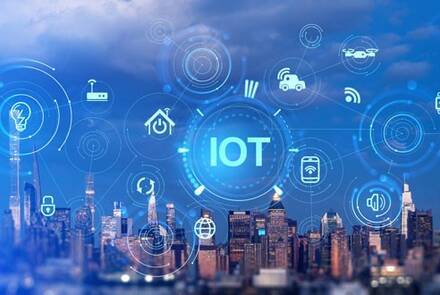Digital Transformation in Healthcare
Digital transformation has ushered in a new era in healthcare, redefining patient care, medical practices, and the delivery of services. This article examines the profound impact of digital transformation on healthcare services, the rise of telemedicine, and the evolution of electronic health records (EHRs).
Enhanced Patient Care and Engagement
- Telemedicine and Remote Care. Digital transformation facilitated the widespread adoption of telemedicine, enabling remote consultations, diagnosis, and monitoring. This innovation vastly improves accessibility to healthcare services, especially in remote or underserved areas.
- Patient Portals and Engagement. Patient portals and mobile apps empower individuals to actively engage in their healthcare. Access to personal health records, appointment scheduling, medication reminders, and communication with healthcare providers promotes patient involvement in their care.
Revolutionizing Healthcare Services
- Streamlined Operations and Efficiency. Digital systems and data analytics streamline administrative tasks, improving operational efficiency in healthcare facilities. From scheduling appointments to managing inventory, automation reduces administrative burdens.
- Precision Medicine and Personalized Treatment. Digital transformation enables precision medicine by leveraging data analytics to tailor treatments and therapies based on individual genetic, environmental, and lifestyle factors, enhancing treatment efficacy.
Electronic Health Records (EHRs)
- Centralized Patient Information. EHRs digitize patient records, consolidating medical histories, test results, prescriptions, and treatment plans in one secure platform. This centralized information facilitates comprehensive and coordinated care.
- Interoperability and Data Sharing. Interoperable EHR systems enable seamless data sharing among healthcare providers, enhancing collaboration, reducing errors, and ensuring continuity of care across different healthcare settings.
Remote Monitoring and IoT
- IoT Devices and Wearables. IoT devices and wearables monitor patient health remotely, collecting real-time data on vital signs, activity levels, and chronic conditions. Healthcare providers use this data for continuous monitoring and early intervention.
- Chronic Disease Management. Remote monitoring through digital tools assists in managing chronic diseases, allowing healthcare professionals to intervene proactively, reducing hospital admissions and improving patient outcomes.
Challenges and Future Directions
- Data Security and Privacy. Protecting patient data from cyber threats remains a critical challenge. Strengthening cybersecurity measures is essential to safeguard sensitive health information.
- AI and Predictive Analytics. The integration of AI and predictive analytics in healthcare promises advancements in diagnostics, disease prediction, and treatment optimization, driving further innovation.
Conclusion
Digital transformation in healthcare has reshaped patient care delivery, transforming how healthcare services are accessed, delivered, and managed. From telemedicine expanding access to remote areas to EHRs centralizing patient information, technology-driven advancements have improved efficiency, patient engagement, and personalized care. Despite challenges, the ongoing evolution of digital technologies promises a future where healthcare is more accessible, efficient, and patient-centric, ultimately improving health outcomes and the overall quality of care.
For more information about Trigyn’s Digital Transformation Services, Contact Us.






